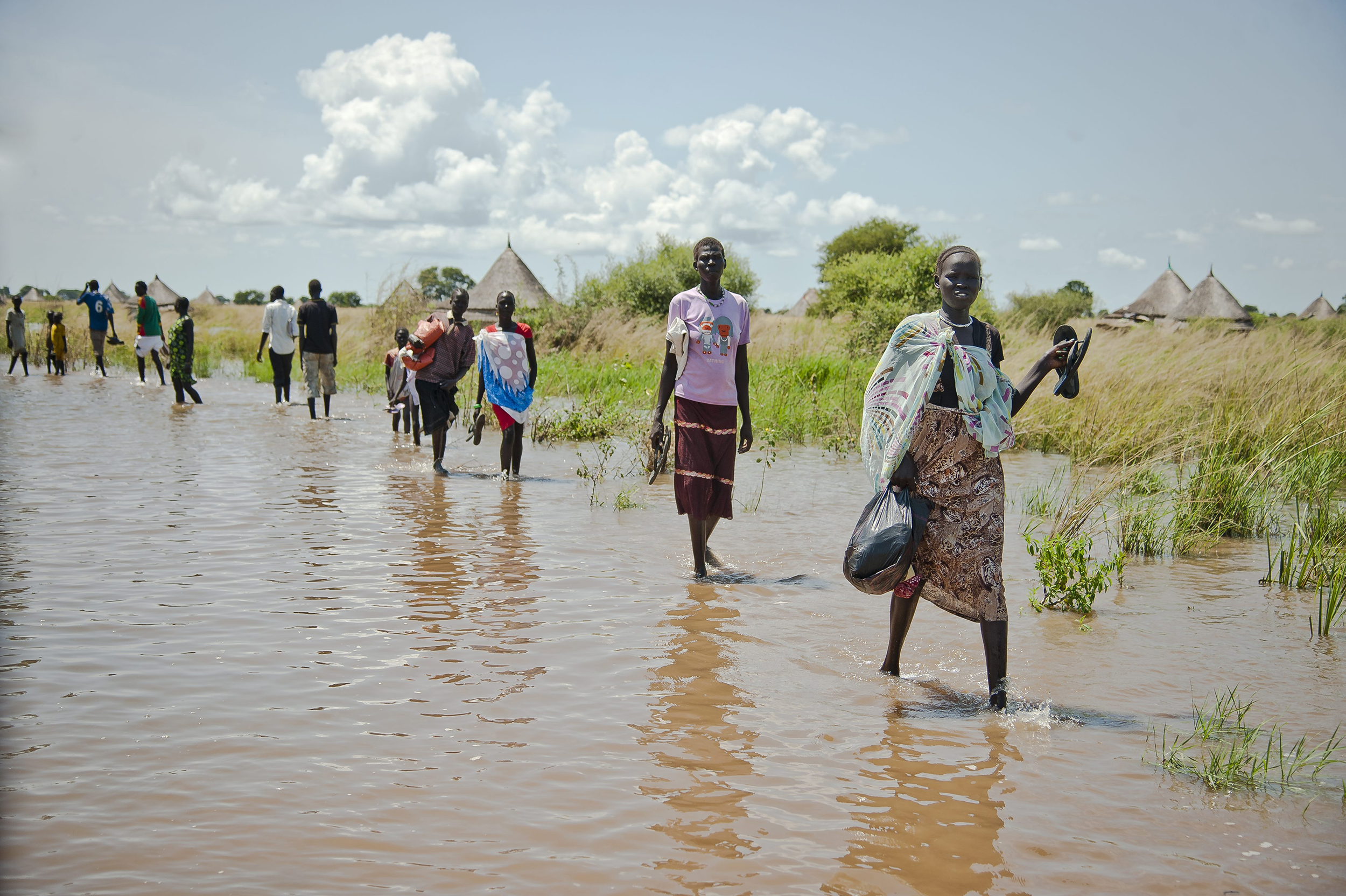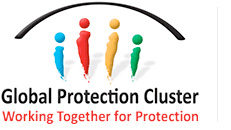
To define a protection strategy in 2020; is as exciting, as it is daunting.
The challenge is crystal clear. How do we cement protection of people at the centre of all humanitarian, development and peace work?
Standing in the dust of Dori in Burkina Faso, the view is clear. Climate change is worsening the shattering bearings of conflict, violence, poverty and underdevelopment. Without protective actions, people are left with nothing but bad choices. Without any real solutions in sight, fragility and insecurity are escalating, creating an unrelenting chaos of suffering.
In the Sahel, as in many other places, corners cannot be cut in preventing and responding to the impact of these complex trends. Principled protection in humanitarian emergency response is and will remain much needed.
However, it is not enough.
We need to reimagine international support and partnerships to be more complementary and increasingly directed by local communities. We need focused protection work that aims and secures solutions at scale that last.
To do so, we are committed to act:
We will put basics of coordination in place in all our operations.
We will ensure voices of crisis affected persons and communities are heard, predictably and consistently. Especially the forgotten ones.
We will step up our work in mixed, climate response and violent extremism situations.
We will make sure protection is recognized as central to the linkages and interplay between humanitarian, peace and development action to achieve solutions.
And because change is constant in our operational environment, we will continue adapting, exploring opportunities and anticipating new forms of protection needs in the near future and beyond.
To define a protection strategy in 2020, is indeed as exciting, as it is daunting. Yet it is only the beginning. To make it work will require determination, humility and inclusion every day.
We are committed. Join us.
